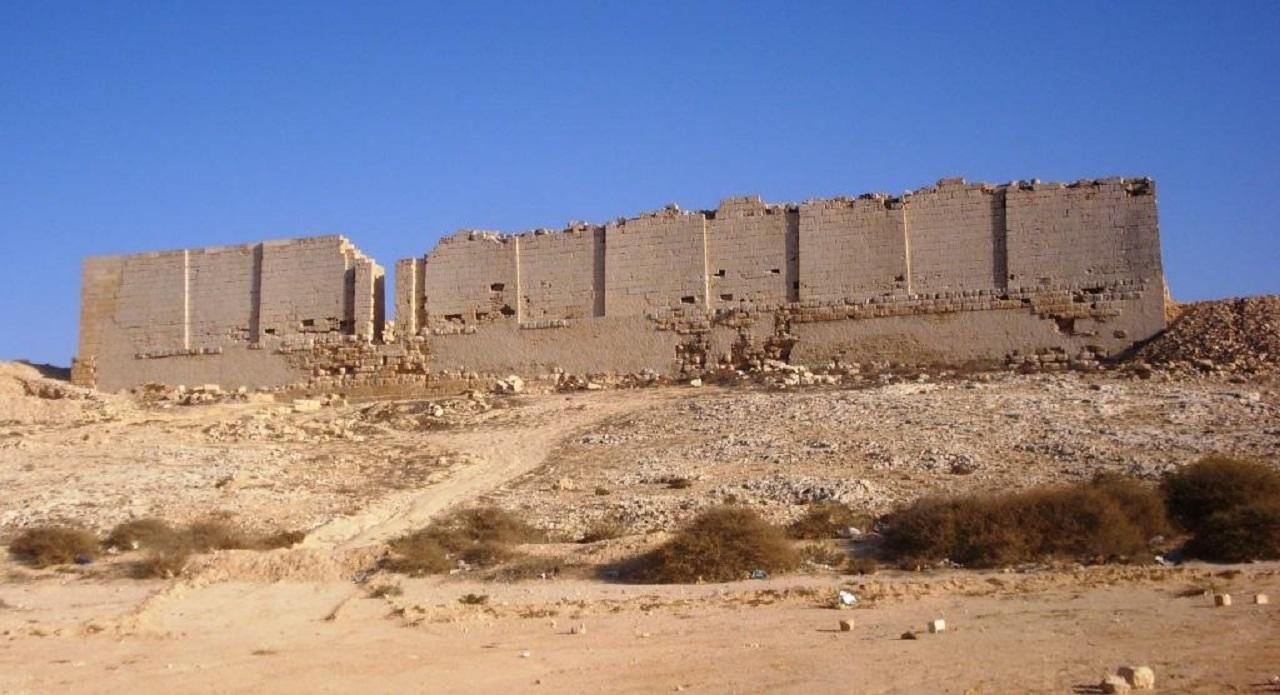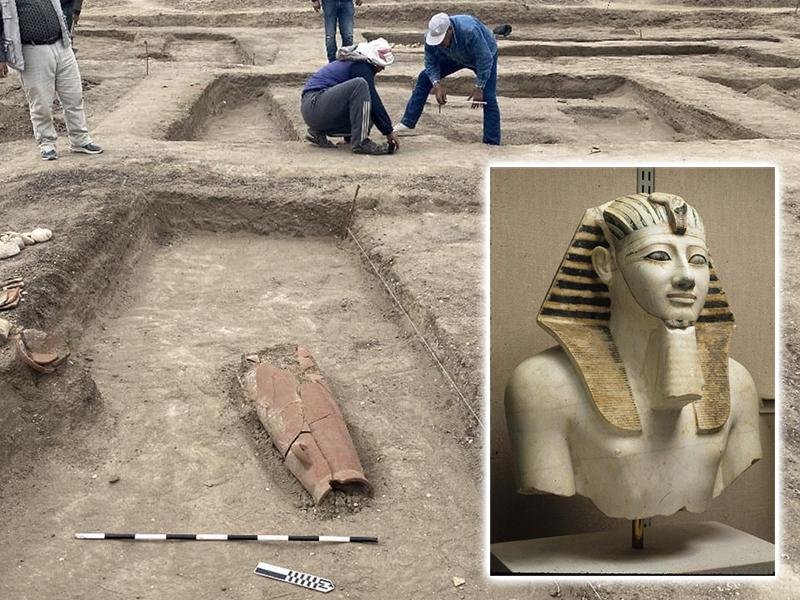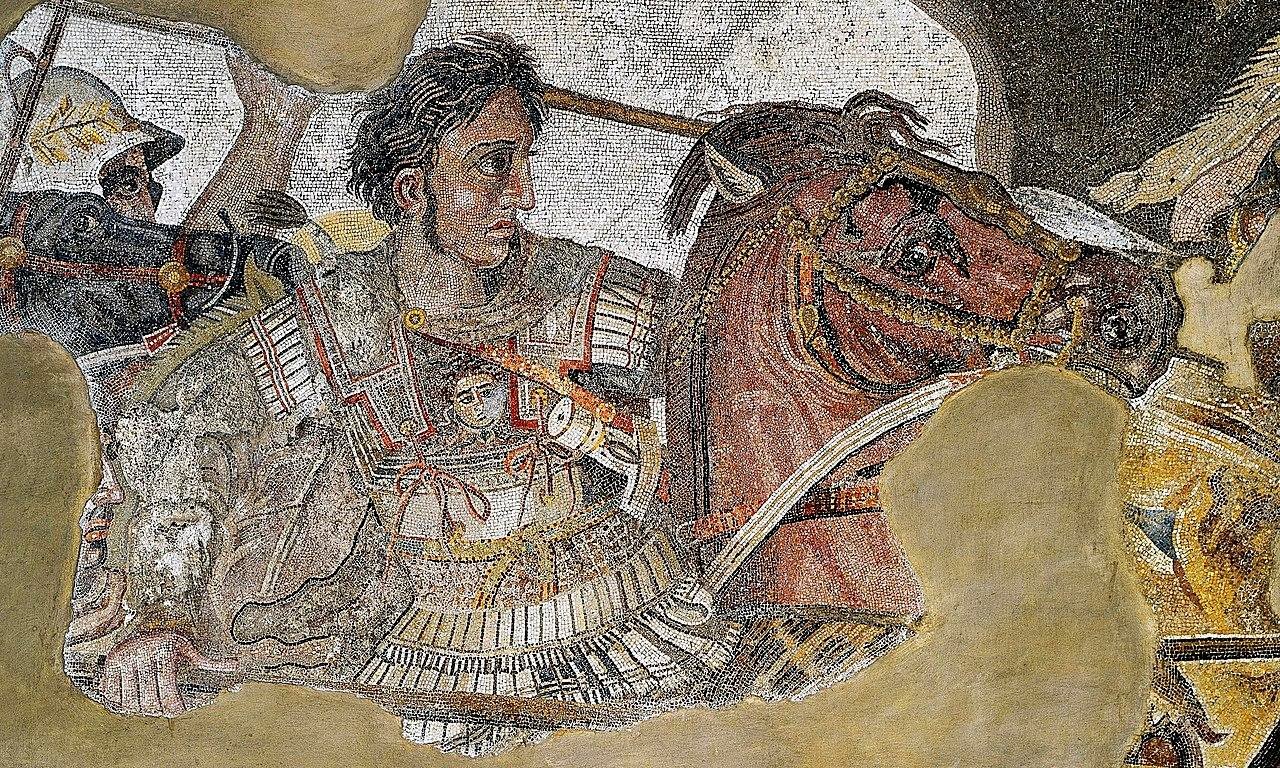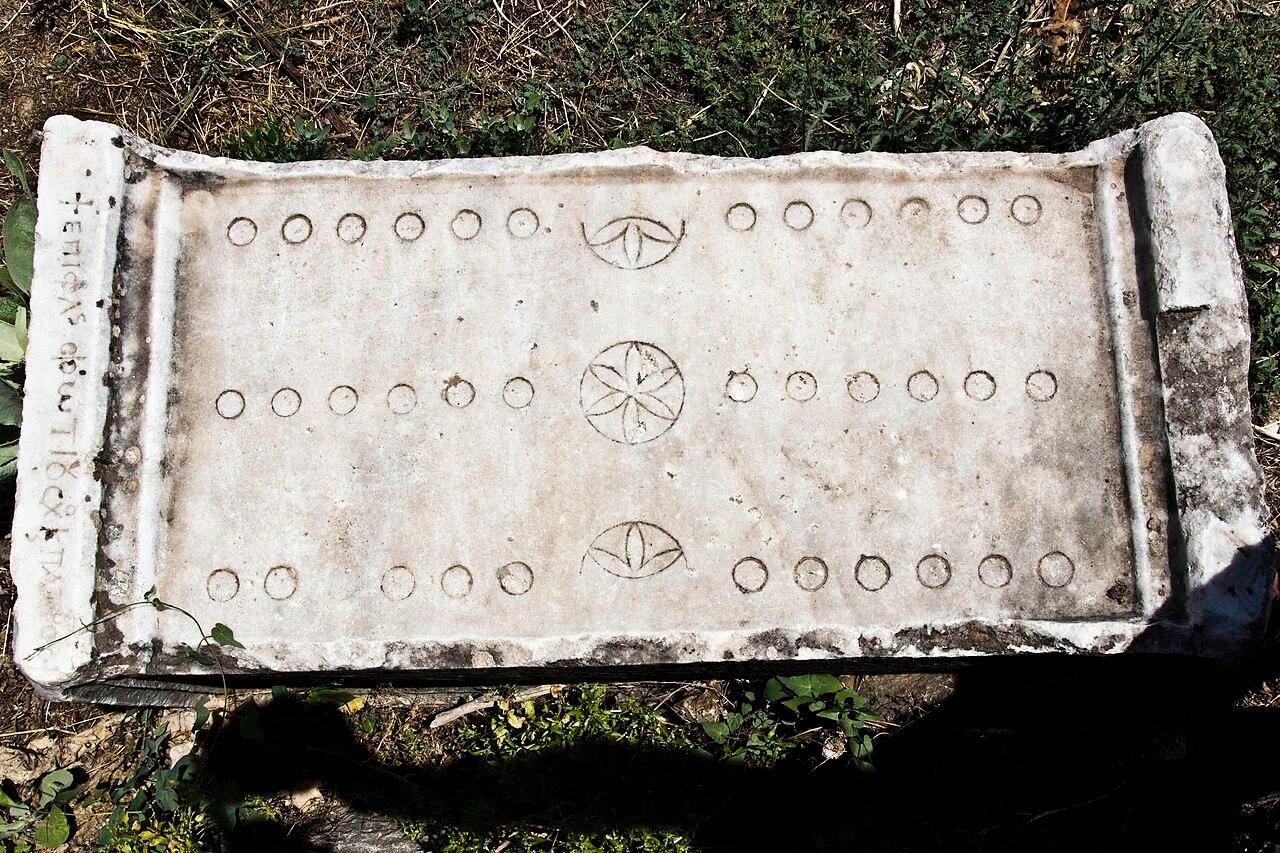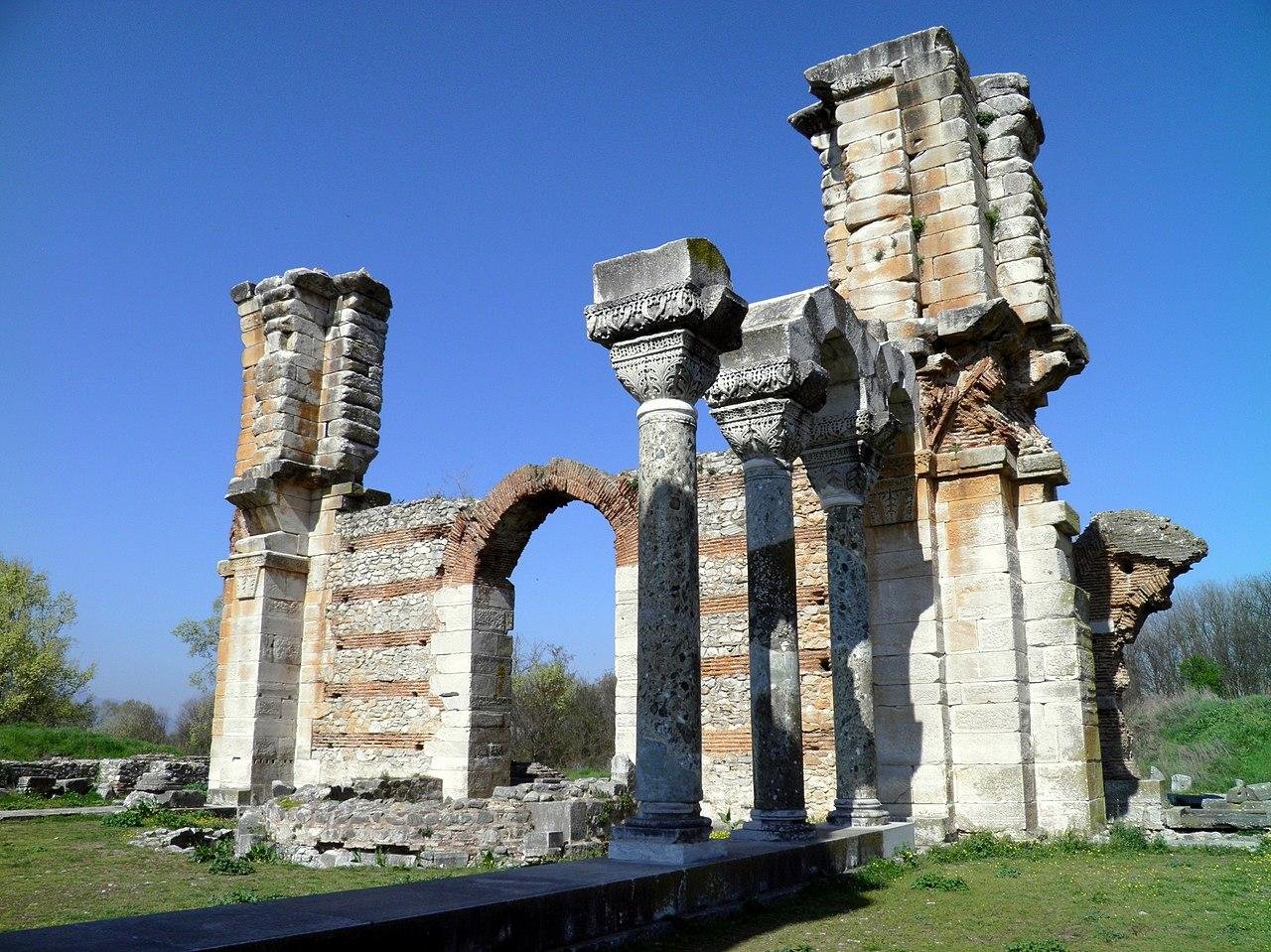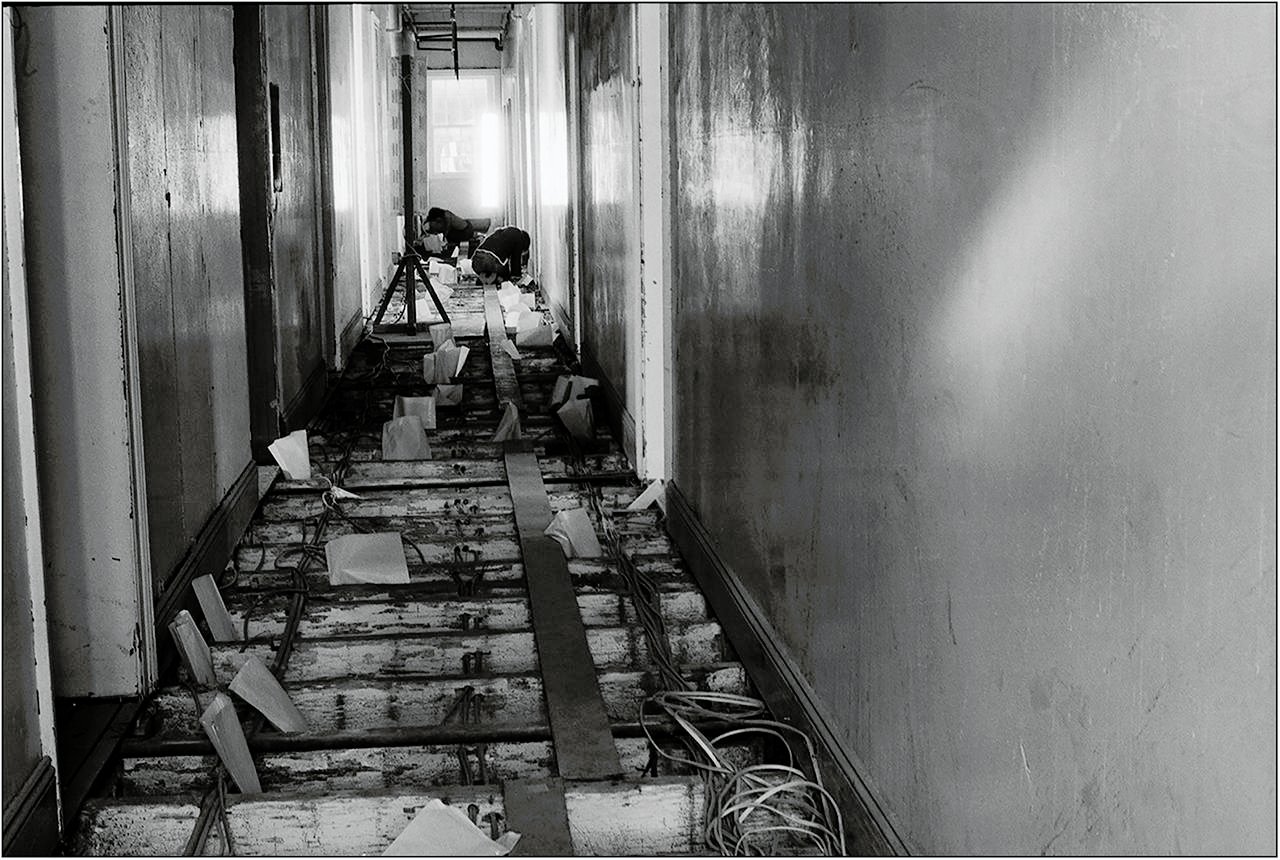The government of Tamil Nadu has offered a $1-million reward for anyone who can decode the cryptic script of the Indus Valley Civilization (IVC), one of the world’s oldest urban cultures. Chief Minister M.K. Stalin made the announcement as a follow-up to a new study suggesting striking similarities between symbols in the Indus script and those in ancient Tamil pottery.
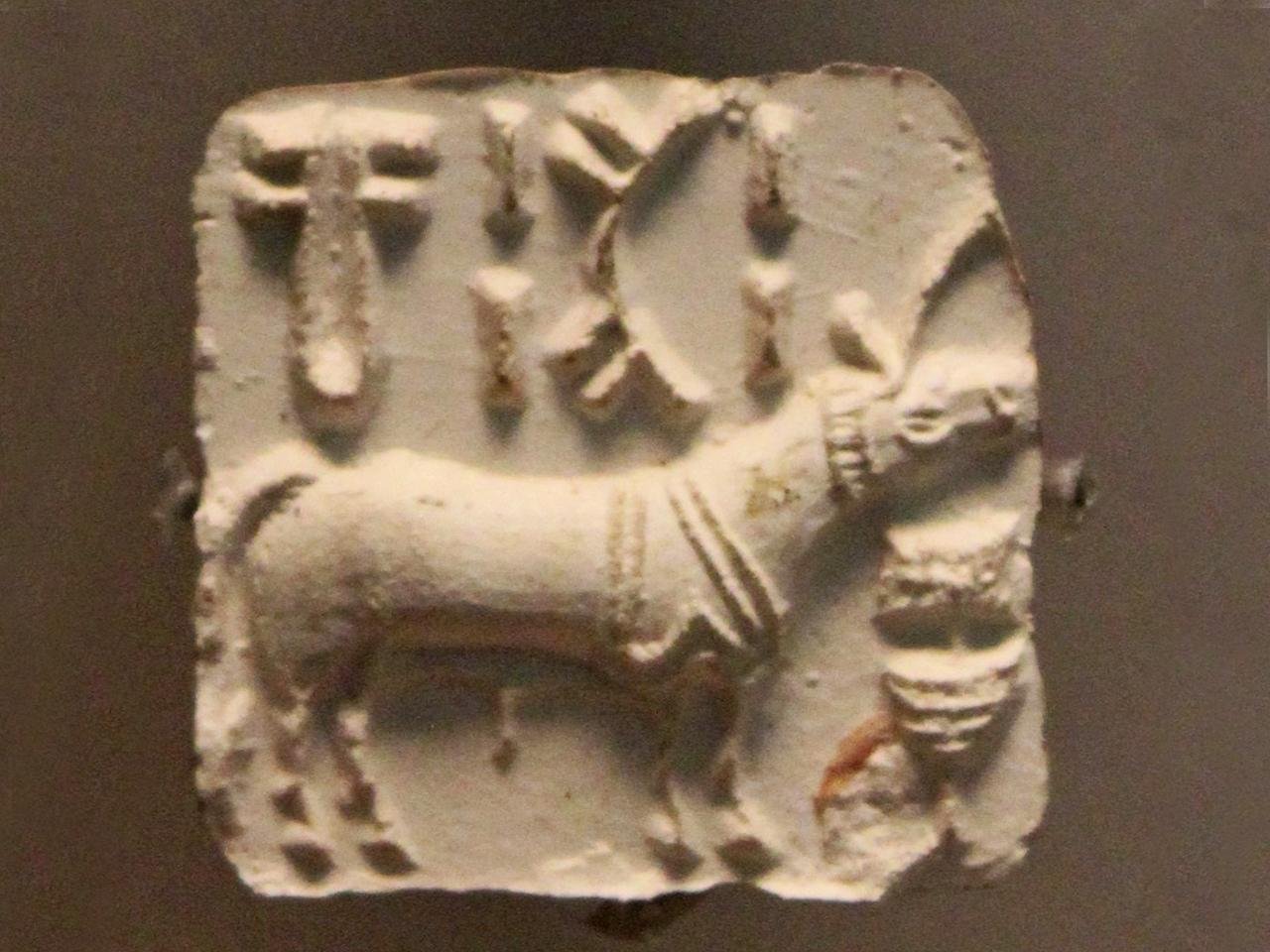 Indus Valley script. Credit: Zunkir, CC BY-SA 4.0
Indus Valley script. Credit: Zunkir, CC BY-SA 4.0
The Indus Valley Civilization, also known as the Harappan Civilization, flourished 5,000 years ago in the fertile plains of the Indus in what is now present-day northwest India and Pakistan. Characterized by sophisticated urban planning and commercial networks, the civilization left a script that, for over a century, has resisted all efforts at deciphering by scholars.
The mysterious script, comprising about 4,000 inscriptions, occurs almost exclusively on seals, pottery, and tablets. Most inscriptions are short, between five and six symbols, and the longest known inscription contains 34 symbols. The fact that the script is short, combined with the absence of longer inscriptions or bilingual artifacts, like the famous Rosetta Stone, has proven to be an obstacle for researchers.
The script of the Indus first came to international attention in 1875 when an Indus seal, discovered by the British archaeologist Sir Alexander Cunningham, was published. Since then, a variety of hypotheses have been proposed, attributing the script to a Dravidian language, early Brahmi, an early Indo-Aryan language, and even Sumerian, but none has gained universal acceptance.
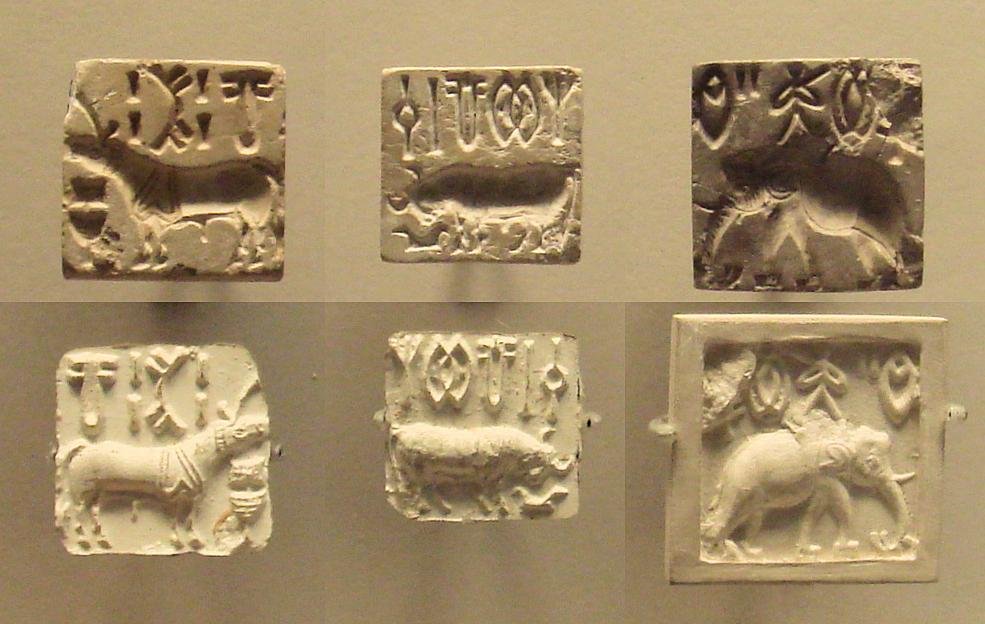 Indus Valley script. Credit: ALFGRN, CC BY-SA 2.0
Indus Valley script. Credit: ALFGRN, CC BY-SA 2.0
Renowned Indologist Asko Parpola has characterized the script of the Indus as “the most important system of writing that is undeciphered.” Despite breakthroughs in linguistics and archaeology, its language, use, and meaning have yet to be understood.
Recent studies have hinted at the script having a connection with Tamil Nadu’s early graffiti markings. Researchers K. Rajan and R. Sivananthan compared over 14,000 ceramic sherds of Tamil Nadu and discovered similarities with the Indus script. According to them, 60% of the signs showed a match, suggesting a potential cultural contact between southern India and the Indus Valley.
The prize announcement renewed worldwide interest, with computer scientists, engineers, and linguists putting forward claims. Researchers such as Nisha Yadav at the Tata Insтιтute of Fundamental Research have been applying machine learning to analyze script patterns. However, some experts doubt whether machine learning can actually break the script’s code.
Decoding the Indus script, if successful, will reveal information about governance, trade habits, and the beliefs of the Indus Valley Civilization. Tamil Nadu’s reward also reflects the state’s attempt to highlight its cultural heritage and attach it to one of history’s most mysterious civilizations.
